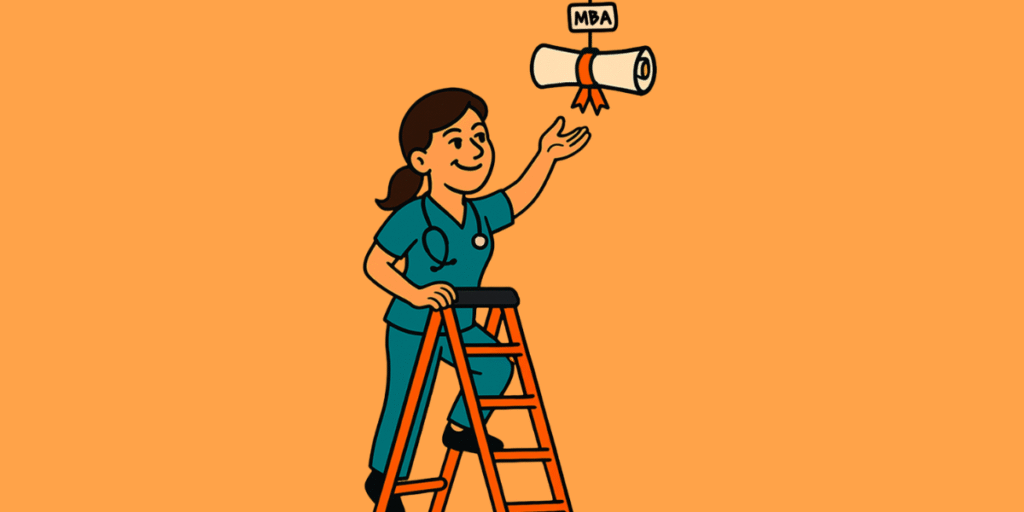There are very few stories in the annals of tax law that include international freak-show fame, 20 pounds of silicone, and the phrase “depreciate implants.”
But then again, there’s only one Chesty Love.
It all begins not with a scandal, but with a business decision, albeit one that required a surgeon, an agent with a penchant for spectacle, and a woman willing to, quite literally, carry the weight of her career on her chest.
Scene One: Enter the Performer (and Her Agent with a Big Idea)
In the mid-1980s, Cynthia Hess performed on the nightclub circuit as an exotic dancer under the name “Tonda Marie.” She made enough to get by, around $750 a week. Then came her agent, with the sort of idea that only two kinds of people ever have: marketing geniuses or complete lunatics.
Her pitch? Go big. Surgically.
Enter: breast implants.
The first set gave her a gentle upgrade, but the second launched her career. By 1988, Cynthia reemerged as “Chesty Love,” endowed with a 56FF bustline that defied biology and physics. Her income shot up to over $55,000 a year. Bookings doubled. Gravity wept.
Scene Two: Slip, Fall, and Rupture
But with great cleavage comes great liability. In a tragic twist, Cynthia slipped on ice, fell, and ruptured one of her implants. The aftermath resulted in not only bruised pride but a hospital stay, infection, and the temporary removal of her not-so-secret weapons. Unable to work for much of 1989, Cynthia watched her income deflate just as fast as her chest had.
Scene Three: Bigger, Freakier, and TV Famous
After recovering, Cynthia did what any resilient entrepreneur would do: she went even bigger (56N). She was now officially a spectacle, including being a regular on Howard Stern, Sally Jessy Raphael, and Tokyo Nippon’s annual “Freakiest People” television special. Her bustline was measured on international television. If nothing else, she’d turned her body into a fully monetized brand.
Scene Four: The IRS Says No, But Cynthia Says, “Depreciate”
The IRS, being the bastion of joy that it is, didn’t see her implants as business tools. When Cynthia filed her 1988 taxes, she boldly listed the implants as a depreciable asset, much like you might deduct the cost of a work laptop or company van, except heavier, more buoyant, and with significantly more television appearances.
This caught the IRS’ eye, possibly because most people don’t list their breasts on Schedule C depreciation tables, and they responded by disallowing the deduction. The IRS offered Cynthia a Schedule A medical deduction instead, which might sound fine, until you realize Schedule A only helps if your medical expenses exceed 7.5% of your income and you itemize your deductions.
In other words, it would’ve saved her almost nothing.
By contrast, claiming the implants on Schedule C as a business expense (meaning depreciate them) meant she could reduce her self-employment income directly, lowering both her taxable income and her tax bill in a meaningful way.
Not All Deductions Are Created Equal
Medical deductions on Schedule A only count if they exceed 7.5% of your income, and only if you itemize. But business expenses on Schedule C reduce your income dollar-for-dollar, with no threshold. That’s why Cynthia fought (and won) to depreciate her implants as business property: less red tape, more tax savings.
Cynthia wasn’t having it. She argued the implants weren’t for vanity. They weren’t breasts. They were props. And in Cynthia’s case, props that had doubled her income, landed her international gigs, and made it physically impossible to sleep on her stomach.
So she took the IRS to court.
Scene Five: The Tax Court’s Surprisingly Logical Logic
Surprisingly, the Tax Court agreed with Cynthia.
In a beautifully bizarre legal decision, the judge ruled that because the implants were unsuitable for general wear and detrimental to her personal life, they qualified as business property.
Instead of writing off the full cost as a personal medical expense (which has deduction limits), Cynthia was allowed to depreciate the cost of the implants, meaning she could deduct a portion of their cost each year. In other words, her breasts were not tax-free, but they were tax-efficient.
Curtain Call: Fame, Fungus, and Financial Planning
Eventually, Cynthia’s implants started holding more bacteria than a Petri dish. She had them removed again in 1992 after yet another infection, and according to the court testimony, she planned to retire the implants once her performing days were over.
At the time of the case, she had hopes of returning to the stage after one more surgery and a new type of implant. Whether she did or not remains a mystery the IRS didn’t track. But one thing’s for sure. For a brief, gravity-defying moment in the 1990s, Chesty Love didn’t just beat the IRS; she rewrote the tax playbook on how far a performer might go in the name of business.
And she did it with 20 pounds of depreciable silicone and one hell of a Schedule C.




